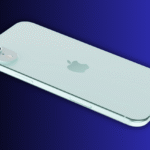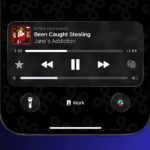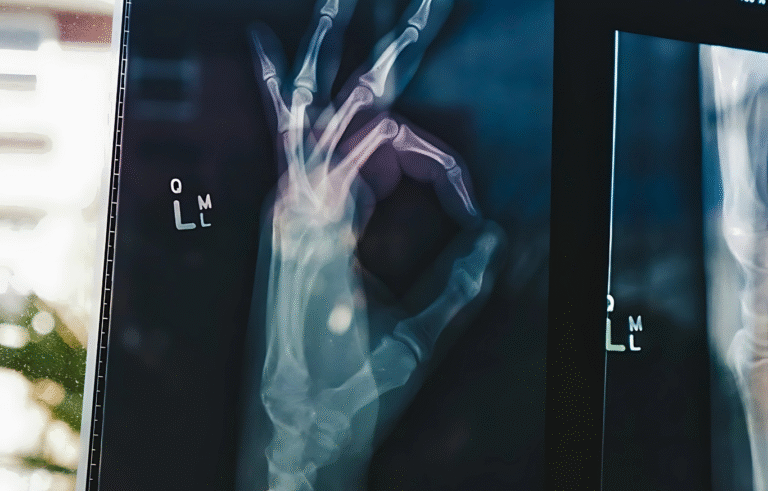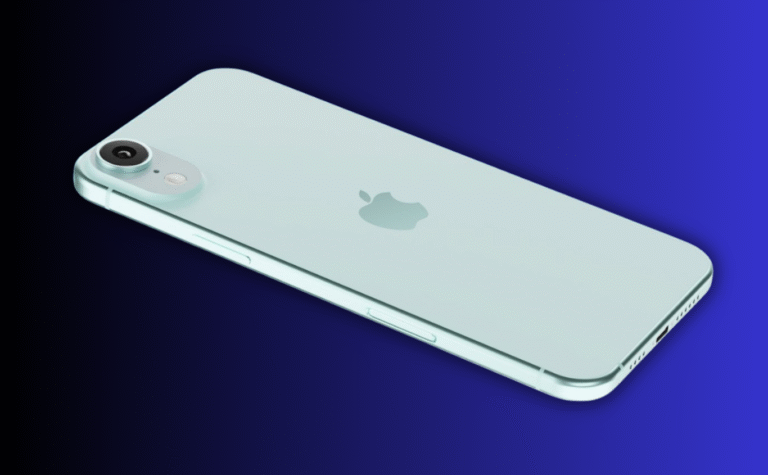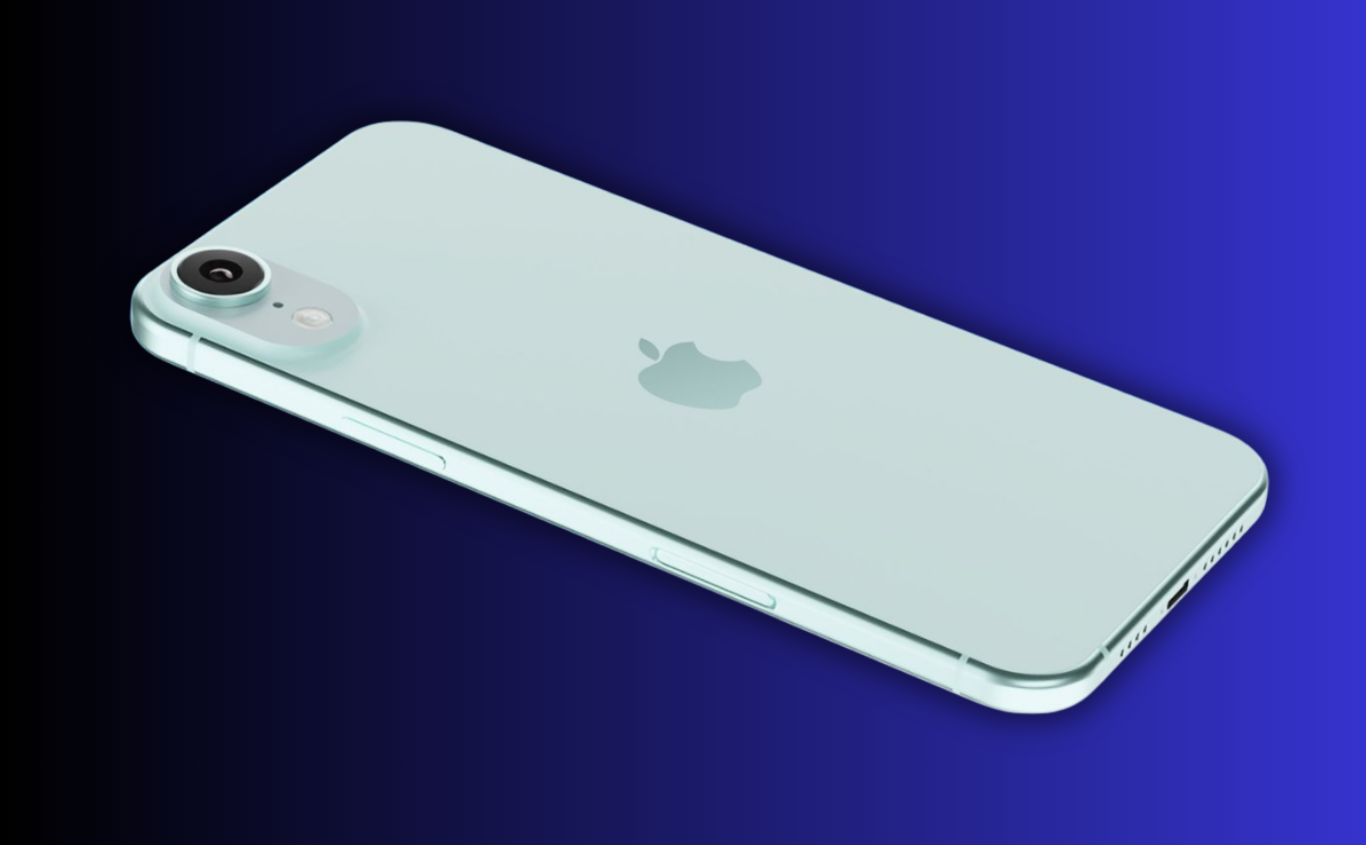
iPhone 17 Air Rumored to Feature Smaller Battery While Leaning on iOS 26 Efficiency Tools
The iPhone 17 Air is shaping up to be one of the most daring designs Apple has ever attempted. Slated for a September 2025 launch, this ultra-thin device is reportedly prioritizing form factor and portability over raw battery capacity. According to recent leaks, particularly from the Weibo account Instant Digital, the iPhone 17 Air could feature a drastically smaller battery than any iPhone in recent years, challenging Apple’s Apple is leveraging advanced engineering alongside innovative software features such as iOS 26’s Adaptive Power Mode to sustain both performance and battery longevity.
iPhone 17 Air Battery Capacity Leak Sparks Debate
Reliable or not, Instant Digital has reignited a growing concern among tech enthusiasts: battery life vs. design trade-offs. The leaker suggests the iPhone 17 Air will include a 2,800 mAh battery, which is a dramatic departure from the larger batteries seen across the iPhone 16 lineup:
- iPhone 16: 3,561 mAh
- iPhone 16 Plus: 4,674 mAh
- iPhone 16 Pro: 3,582 mAh
- iPhone 16 Pro Max: 4,685 mAh
This sharp reduction in battery size is reportedly the result of Apple’s mission to deliver an ultra-thin 5.5 mm design, the slimmest iPhone body to date. While visually striking and lighter in hand, this engineering decision inevitably places constraints on battery size, potentially impacting battery longevity and performance under intensive workloads.
iOS 26 and Adaptive Power Mode: A Software Safety Net
Apple is not entering this territory unprepared. iOS 26 is expected to introduce Adaptive Power Mode, a new battery-saving technology that dynamically adjusts system performance, background activity, and display parameters based on real-time usage.
Unlike traditional Low Power Mode, Adaptive Power Mode operates continuously in the background, offering predictive battery management and resource allocation without interrupting the user experience. According to preliminary reports, this feature may enable the iPhone 17 Air to achieve all-day usability under normal conditions.
However, internal tests indicate a more nuanced reality:
- 60% to 70% of users could experience full-day usage without charging
- Comparatively, iPhone 16 models achieve 80% to 90% under similar circumstances
This discrepancy suggests that heavy users — those frequently multitasking, gaming, streaming, or using navigation — may still need midday top-ups or a supplementary solution to get through a demanding day.
Apple could bring back the battery case option for the iPhone 17 Air.
To balance the concerns surrounding reduced battery capacity, Apple is rumored to be reviving its Smart Battery Case lineup, last officially available for the iPhone 11 series. While the MagSafe Battery Pack was briefly an alternative, it failed to gain widespread adoption and has since been discontinued.
A redesigned battery case for the iPhone 17 Air could:
- Double battery capacity while maintaining portability
- Provide physical protection for the ultra-thin chassis
- Seamlessly integrate with iOS 26 for battery health optimization and status tracking
Given the slimmer dimensions of the iPhone 17 Air, Apple may develop an entirely new form factor for these accessories, potentially magnetically attached or utilizing new contact-based charging methods.
Positioning Within the iPhone 17 Lineup
The iPhone 17 Air is expected to fall between the standard and Pro models in terms of pricing, performance, and features. It will likely share several key internals with the iPhone 17 Pro, such as:
- A-series chip (A19 or A20)
- Advanced OLED display with LTPO support
- Base storage starting at 256GB
However, Apple’s focus for the Air model appears centered on portability and sleekness, potentially making it a preferred choice for users who value design over power. This unique positioning creates both opportunity and compromise. While it caters to minimalists and those seeking a lightweight device, it may fall short for content creators, mobile gamers, or business professionals who require extended battery performance.
Design Innovations: Ultra-Slim Form Factor With Cutting-Edge Materials
Beyond the battery concerns, the iPhone 17 Air represents a significant leap in industrial design. At just 5.5 mm thick, Apple is expected to utilize a new alloy or composite material for structural integrity, possibly a hybrid of titanium and ceramic glass. This material shift could provide:
- Improved durability without increasing weight
- Enhanced heat dissipation, critical for performance under sustained load
- Refined aesthetics, continuing Apple’s trend toward premium finishes
Additional rumors suggest Apple might reduce the size of internal components — including smaller haptic motors, more compact 5G modems, and densely stacked logic boards — to make room for other critical hardware in the restricted internal space.
Real-World Usability: Who Is the iPhone 17 Air For?
Although the iPhone 17 Air may not lead in battery capacity, its design philosophy creates a unique new category.It’s tailored for:
- Users who prioritize style and portability
- Frequent travelers seeking a lightweight option
- Casual users who rely on their phone for messaging, calls, and light media use
For those who rely heavily on power-intensive apps, shoot 4K ProRes video, or game with high refresh rates, the Air might not be sufficient on its own — unless paired with a battery case or power bank.
The Future of iPhone Battery Philosophy
The iPhone 17 Air may signal a shift in Apple’s broader hardware strategy. As advancements in battery chemistry and chip efficiency begin to plateau, Apple is leaning on software optimization and user-specific accessories to close the performance gap. The investment in iOS-level energy management tools, such as Adaptive Power Mode, background app prioritization, and smarter thermal throttling, further evidences this.
This change in philosophy underlines Apple’s commitment to pushing form factor boundaries without entirely sacrificing usability. However, it places more responsibility on the end user to manage battery expectations and usage patterns.
Final Thoughts: Should You Buy the iPhone 17 Air?
The iPhone 17 Air is not for everyone. But for those drawn to innovation, minimalism, and the latest in Apple’s design thinking, it’s likely to be a compelling upgrade, especially with iOS 26’s battery-saving intelligence working in the background.



